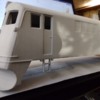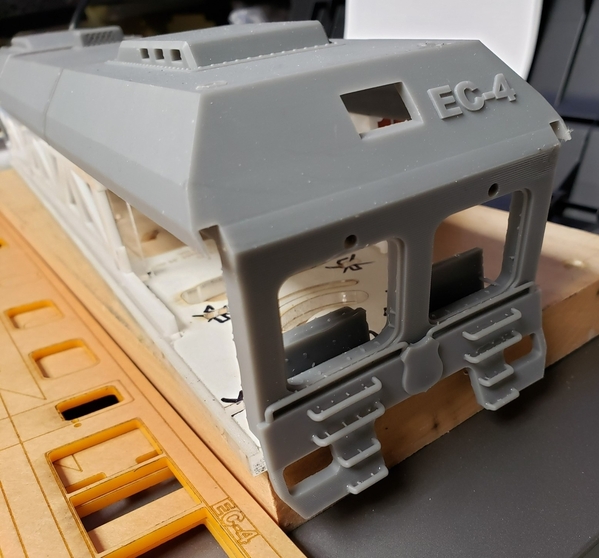I have only attempted two 3D models before. A GMC crackerbox truck tractor and a B train set of flatbed trailers both from Shapeways.
I have modified and finished many conventional models in ABS, Styrene, and whatever the injection plastic is, using basically automotive finishing practices.
The Shapeways model plastic was rock hard and none of my usual finishing methods of wet sanding would touch it. After I tried, the tractor took days in a warming oven to become "unwet". I ended up just using multiple coats of paint to hide the roughness. I was able to use a fine belt on a belt sander on the trailer deck, but that was a totally flat surface.
So, how does everyone finish these prints? I'm know there are multiple plastics used and I'm sure multiple differing opinions.
What is your method?
Gray Lackey










